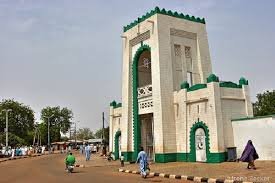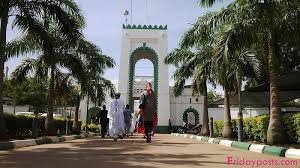A trip to Sokoto state should be a tourist place in your next vacation. This is because of its ancient and historical sites. Sokoto is the seat of the former Sokoto Caliphate. Sokoto Caliphate is also headed by the Sultan. Which is effectively the spiritual leader of Nigerian Muslims. The name Sokoto (which is the modern/anglicized version of the local name, Sakkwato) is of Arabic Origin representing suk ‘’market’’. There are 23 Local Government Areas in Sokoto State making it a wide area for visitation. The Local Government Areas are; Binji, Bodinga, Dange Shuni, Guda, Goronyo, Gudu, Gwadabawa, Illela, Isa, Kebbe, Kware, Raboh, Sabon Birni, Shagari, Silame, Sokoto North, Sokoto South, Tambuwal, Tangaza, Tureta, Wamako, Wurno and Yabo.
PLACES TO VISIT
The first place you could visit is the palace of Sultan of Sokoto. Being the spiritual head of all Muslims in Nigeria, the sultan’s palace in Sokoto symbolizes the unity of the Nigerian Muslim Ummah. The Sultan’s palace is architecture’s masterpiece with great cultural and artistic excellence. Hundreds of traditional palace guards can be seen protecting the palace in their multi colored robes and turbans.

Furthermore, another historical place to visit especially if you are a Muslim is the tomb of the Islamic scholar. And the acknowledged founder of the state, Shehu Usman Dan Fodio is located within the state. It is not far from the Palace of the Sultan, situated on Sultan Bello Road. The area is dedicated to the tombs of Usman Dan Fodio and his relatives.
The Waziri Jumaidu History and Culture Museum is a place for art lovers. It was established in 1973. The museum has an assortment of over 500,000 historical treasures that tell the story of the Sokoto people. There are various display of the cultural relics and artifacts of the local people. It is archived for public consumption and it is a place where students learn a lot about the past ways of the people.
Other places to visit in the state includes; the Goronyo Dam, Surame and Akalawa. (ancient ruins of the headquarters of the old Kebbi kingdom built in the 16th century). Sokoto Museum, Shehu Kangiwa Square (site of an ancient battle field) and so on.

